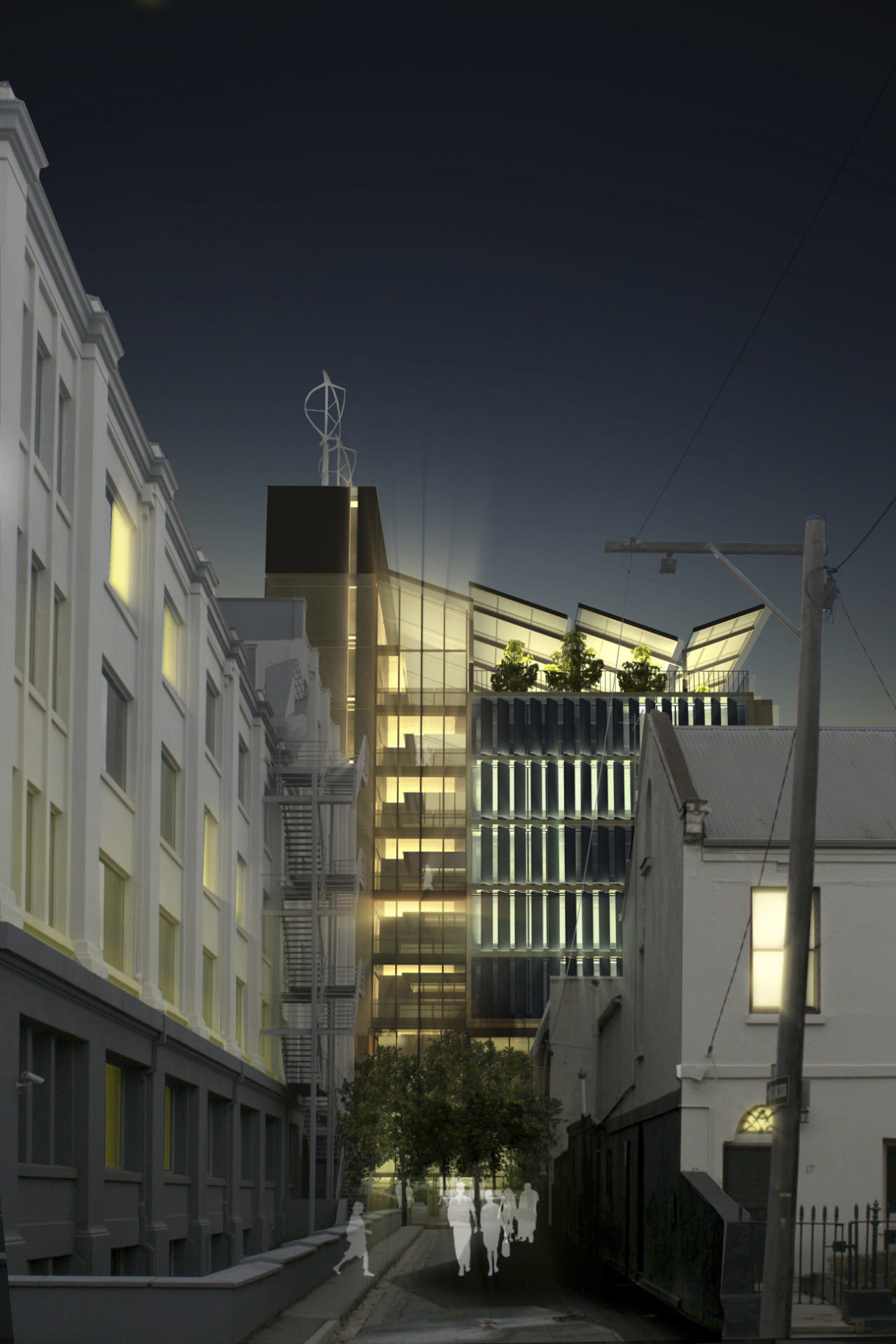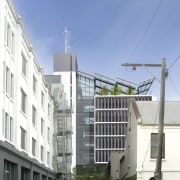designed for wellbeing
The new ACU Centre for Health and Wellbeing looks after the environment as much as it does its inhabitants
The notion that environmental factors can have a positive or negative effect on our health and wellbeing is widely accepted. That we can work in conjunction with these factors to produce a beneficial built environment is a more recent idea, and one that architectural firm Woods Bagot is employing in the design of the Australian Catholic University's Centre for Health and Wellbeing.
Because the centre is to be used as a health and wellbeing research and teaching facility, it made sense to incorporate the latest environmentally sustainable design principles in its design, says Woods Bagot global director, education and science, Mark Kelly.
"The centre, designed to accommodate 2000 students and 500 staff, incorporates active mass cooling concrete slabs, rainwater harvesting, solar hot water and wind turbines to reduce its environmental impact. In keeping with the holistic nature of the curriculum, the design also supports social amenity. A full-height atrium facilitates improved air flow and natural light for a healthier workplace, while a rooftop terrace garden, gymnasium and cafe-bookshop encourage social interaction between students and staff."
Story by: Trendsideas
Home kitchen bathroom commercial design
Personality plus
Classic looks, contemporary efficiency
Diving into nature







